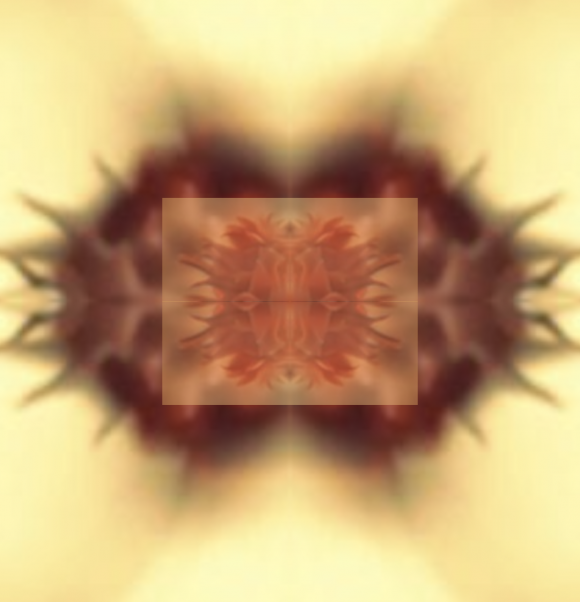The term “individuation” has a rather particular meaning in Jung, when he talks about the “individuation process”. Elsewhere, primarily in philosophy, it is used somewhat differently. Let’s explore the differences.
1. To begin with, in philosophical discussions the question is framed more broadly: it’s not just persons who are individuated, but really anything at all.

Imagine two fresh and spotless coins of the same year and monetary value. Qualitatively, they are practically indistinguishable: they have the exact same shape, the same weight, and the same color (within very narrow measurable limits). But they are, of course, two different objects; they are different “particulars”, as it is usually put. (Alternatively, they are sometimes said to be qualitatively identical, but numerically distinct.) Yet what makes them different cannot be any of those qualities (shape, weight, …), since with respect to them, the two are equal. Of course, we could put a mark on one of them, or engrave names or serial numbers — and with that device, there would be a qualitative difference to tell them apart. But that is optional: even if we don’t do that (and even if we were unable to tell them apart), they would still be two different items. (In fact, what enables us to put names on them and treat those names as stable referring terms would precisely be the fact that they are different particulars in the first place.) But if it’s not their qualities, then what could it be?
That is the question of individuation, as applied to (comparatively) simple objects. In ordinary life, it’s not a question that springs to mind too often, because we can easily distinguish most objects by their qualitative differences (they have different shapes, colors, weights, and so on). But a thought experiment such as that with two qualitatively identical coins shows that this is not enough to individuate them. Something else is needed. What would that be?
A frequent answer philosophers have given is that physical objects are individuated by their space-time locations. The two coins, for instance, cannot be at the same place at the same time; if an object is at point a in space now, and a qualitatively identical one is at point b later, it might be the same object — but if it is at point a, and a qualitatively identical object is at b at the same time, then we must have two different particulars. Such an answer is usually part of a broader theory of what makes up reality; for instance, in Schopenhauer’s universe space and time are the individuating principles, just as described above, because they are imposed by the structure of our cognitive apparatus (an idea of Kant’s on which Schopenhauer builds), and the whole world is therefore a world of representations (Vorstellungen) thus individuated. Likewise, P. F. Strawson starts his famous argument in his Individuals with the idea that our conceptual scheme must contain a basic category of entities which are individuated spatiotemporally and thus can be picked out by identifying reference when we use language that is about these (and all other) entities.
But all this is just about simple physical objects; it gets more complicated when we talk about living animals to which we can ascribe a psychology…



